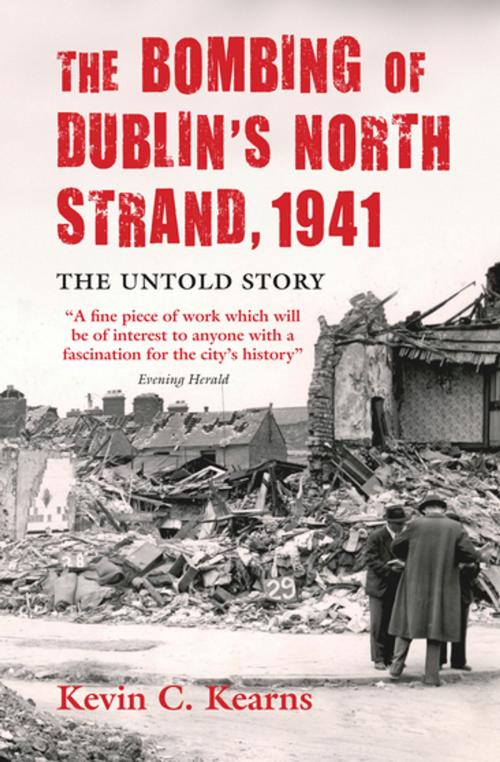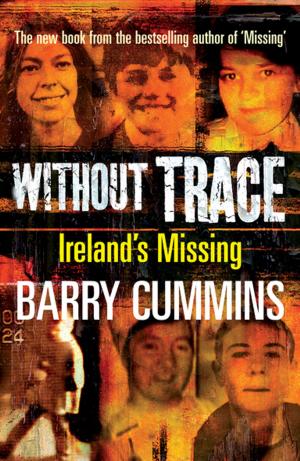The Bombing of Dublin's North Strand by German Luftwaffe
The Untold Story of World War 2
Nonfiction, History, Ireland, Military| Author: | Professor Kevin C. Kearns, Ph.D. | ISBN: | 9780717151608 |
| Publisher: | Gill Books | Publication: | October 16, 2009 |
| Imprint: | Gill Books | Language: | English |
| Author: | Professor Kevin C. Kearns, Ph.D. |
| ISBN: | 9780717151608 |
| Publisher: | Gill Books |
| Publication: | October 16, 2009 |
| Imprint: | Gill Books |
| Language: | English |
On the Whit bank holiday weekend of 1941, the neutral Irish capital was suddenly and inexplicably bombed by the German Luftwaffe.
On a gloriously starry night four bombs fell, the last and most devastating at precisely 2:05 a.m. on 31 May. There was a thunderous explosion and the earth quaked. Tremors were felt as far away as Enniskerry and Mullingar. Panic and pandemonium reigned in a “city seized with fear”.
Destruction was astonishing – homes and shops in the North Strand were largely demolished, 2,250 buildings in the city suffered some bomb damage, over forty people were killed, about 100 seriously injured, many more wounded. Hospitals and morgues filled within hours. Almost 2,000 people were rendered homeless refugees.
It would later be determined that in terms of destructive performance a monstrous “perfect bomb” had done the deed.
For two-thirds of a century, no book was written on what the Evening Herald proclaimed a “Night of Horror”.
Later called a “seismic event” in Dublin’s history. Finally, near the end of the century both the Irish Military Archive and Dublin City Archive declassified their documents on the bombing – some stamped “Secret” for sixty years.
At last, the theories and myths long surrounding the mysterious incident would be examined in the light of real evidence. But the heart of a book on so human a tragedy is the oral historical testimony of survivors, rescuers and observers who provide graphic eyewitness accounts. This is a narrative social history of immense human drama.
On the Whit bank holiday weekend of 1941, the neutral Irish capital was suddenly and inexplicably bombed by the German Luftwaffe.
On a gloriously starry night four bombs fell, the last and most devastating at precisely 2:05 a.m. on 31 May. There was a thunderous explosion and the earth quaked. Tremors were felt as far away as Enniskerry and Mullingar. Panic and pandemonium reigned in a “city seized with fear”.
Destruction was astonishing – homes and shops in the North Strand were largely demolished, 2,250 buildings in the city suffered some bomb damage, over forty people were killed, about 100 seriously injured, many more wounded. Hospitals and morgues filled within hours. Almost 2,000 people were rendered homeless refugees.
It would later be determined that in terms of destructive performance a monstrous “perfect bomb” had done the deed.
For two-thirds of a century, no book was written on what the Evening Herald proclaimed a “Night of Horror”.
Later called a “seismic event” in Dublin’s history. Finally, near the end of the century both the Irish Military Archive and Dublin City Archive declassified their documents on the bombing – some stamped “Secret” for sixty years.
At last, the theories and myths long surrounding the mysterious incident would be examined in the light of real evidence. But the heart of a book on so human a tragedy is the oral historical testimony of survivors, rescuers and observers who provide graphic eyewitness accounts. This is a narrative social history of immense human drama.















